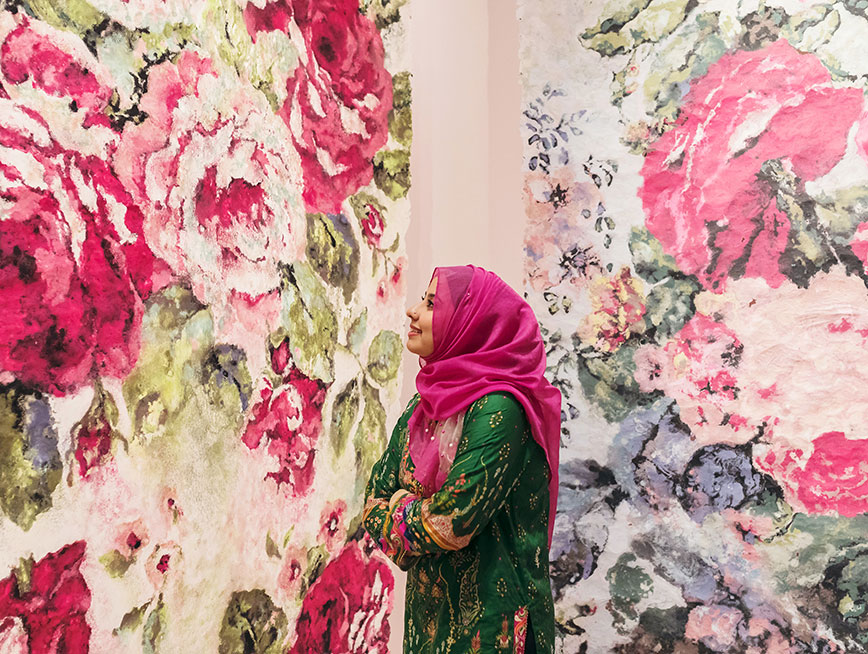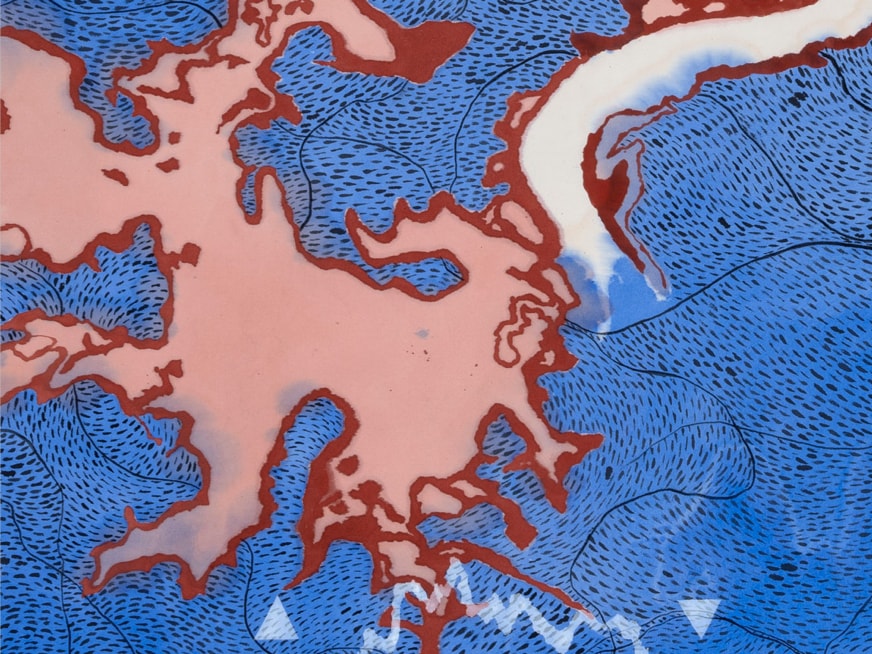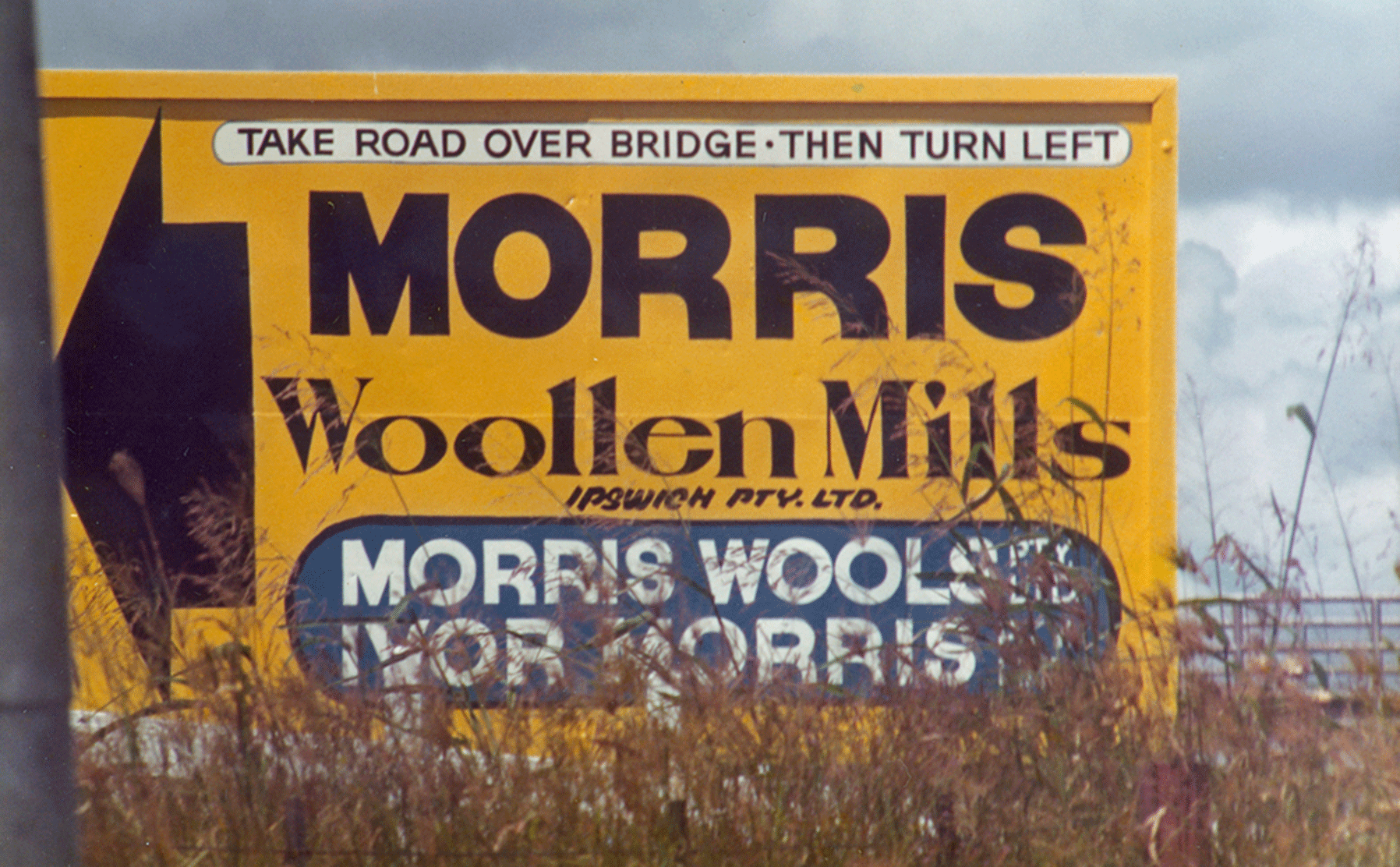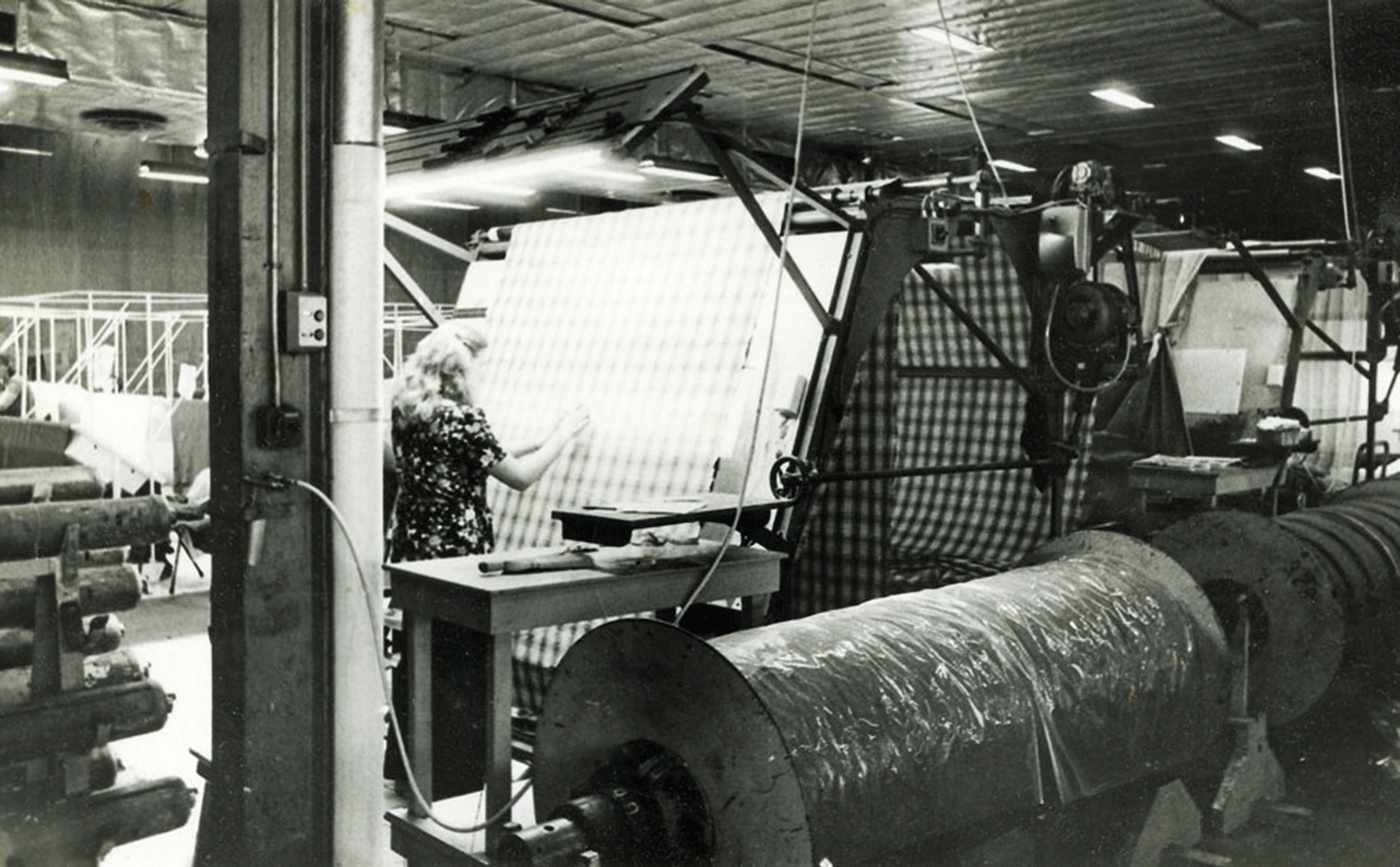At 81 years of age, Millie Radovic continues to passionately pursue her lifelong love of knitting and crocheting. Though, Millie is not your average crafting hobbyist. In fact, she’s a highly qualified engineer of textile technology and spent much of her working life leading teams of fibre experts both in Australia and Serbia. The result of which she humbly says allow her to comfortably, “say I know more about natural fibre and synthetic fibres than an average hobbyist.”
Since retiring from her post as Manager of Quality and Control at Morris Woollen Mills in Redbank, Millie has turned her attention to crafting eccentric and eye-catching soft sculptures that enchant art admirers of all ages.
We caught up with Millie to learn more about her lifelong love of textiles and her gorgeous work Garland Harmony which is currently featured in Rearranged: Art of the Flower.
Crochet and knitting have the unique ability to connect lovers of art and craft across generations. Can you tell us about your personal connection to these artforms?
I was born in a small village called Rovine in Serbia. It was a tradition, in my village, for all the girls to learn crafts. We had to know how to knit, crochet, sew, embroider; you name it. My mother used to weave big blankets and had a really big loom that she could make an entire blanket on in one piece. She and my grandmother passed down their skills to me by teaching me to spin, knit and crochet at 12 years of age.
I was the oldest of six children. In my village, we would have two to three months of heavy snow; so, I would be very busy knitting sweaters, beanies and all that for my siblings.
When you’re young, your little hands can really get a great grip on needles and yarn. From that time, my life with textiles began.
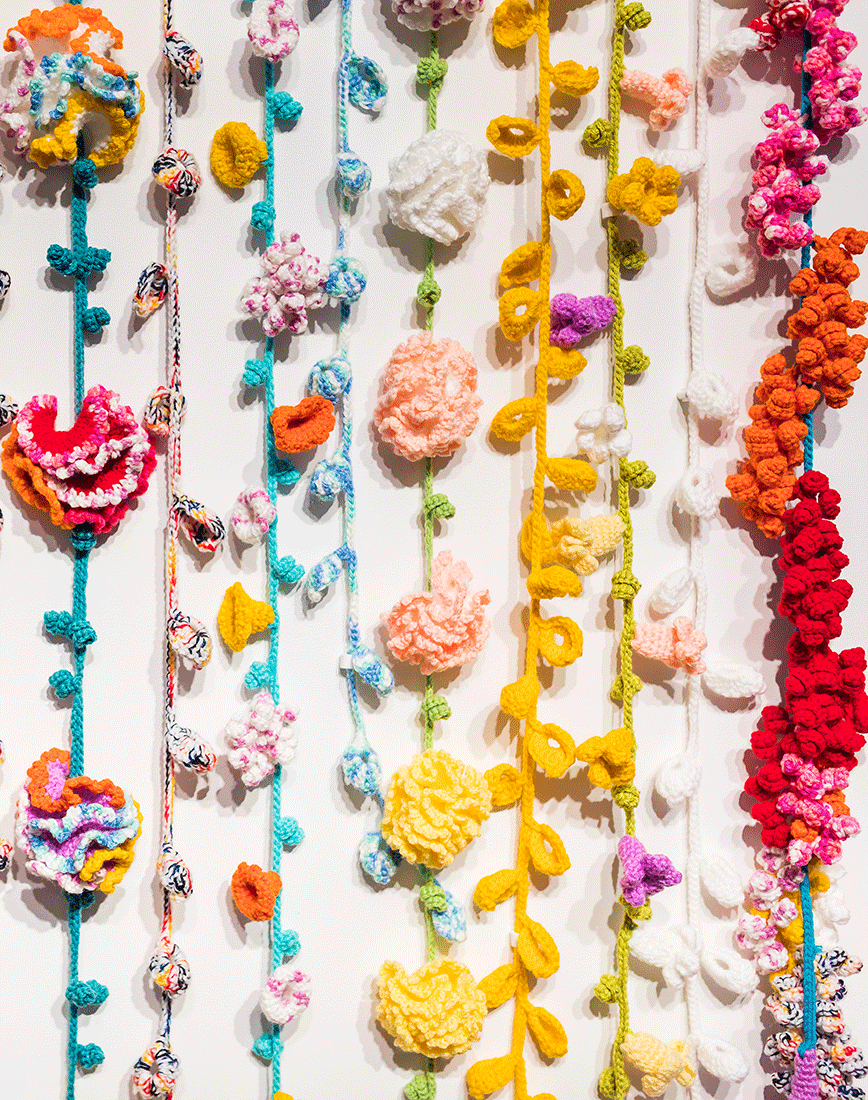
Once your love of textiles was solidified, you went on to pursue higher education in this field. Can you tell us about your studies?
At 16, I enrolled into four years of Textile Technical School in Leskovac which was our version of education at the time. After graduating at 19, I was awarded a scholarship from wool factory Branko Krsmanovic Paracin to study four more years Textile Technology at the University of Ljubljana, Slovenia, Yugoslavia. I really enjoyed university. We learned everything about the fibres, chemicals, machinery, and industry. I graduated as an engineer of textile technology, or chartered technologist, specialising in quality control and production of yarns in natural and synthetic fibres. I worked for five years at Branko Krsmanovic Paracin as a manager of the laboratory and dye house.
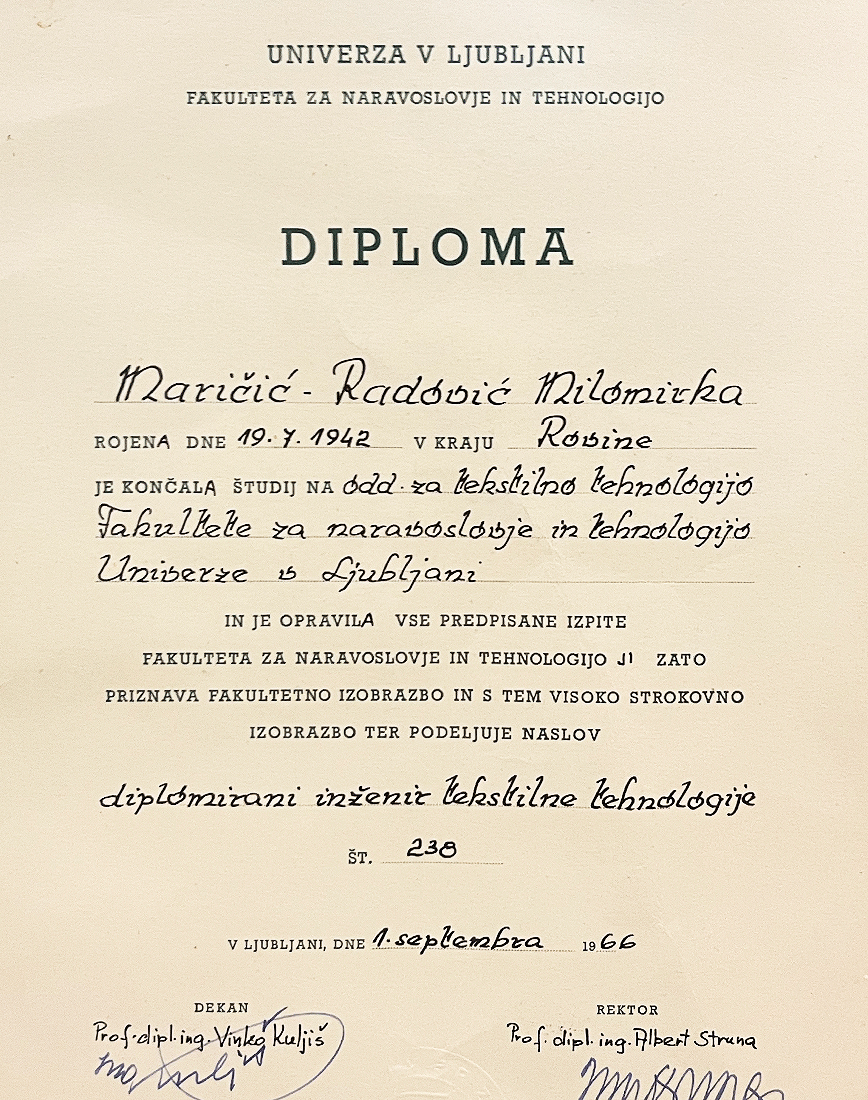
When you graduated, you became a ‘Engineer of Textile Technology’ or a ‘Chartered Technologist’. Can you describe what that is?
An ‘Engineer of Textile Technology’ or a ‘Chartered Technologist’ is very much connected with industry, rather than the handmade. Often, we worked in large factories producing products as varied as wool bales, to blankets, technical fabrics for uniforms to fabrics for upholstery.
There are lots of stages in producing high quality fibres. You start with washing the raw material with chemicals to remove all the natural matter from the fibre. The wool is then carded, which means the fibres are pulled apart and individualised in preparation for spinning. You can also choose the combing system where all the burrs are removed. The final stage before colouring, is spinning. Here the fibre is spun into different sizes fit for different purposes.
At Morris Woollen Mills in Redbank, we had four large production buildings, inside them we had two laboratories – chemical and physical – as part of Quality Control. Though I couldn’t speak much English when I started here, I could tell bad wool from good wool due to all my studies, so my skills were very valuable to the team.
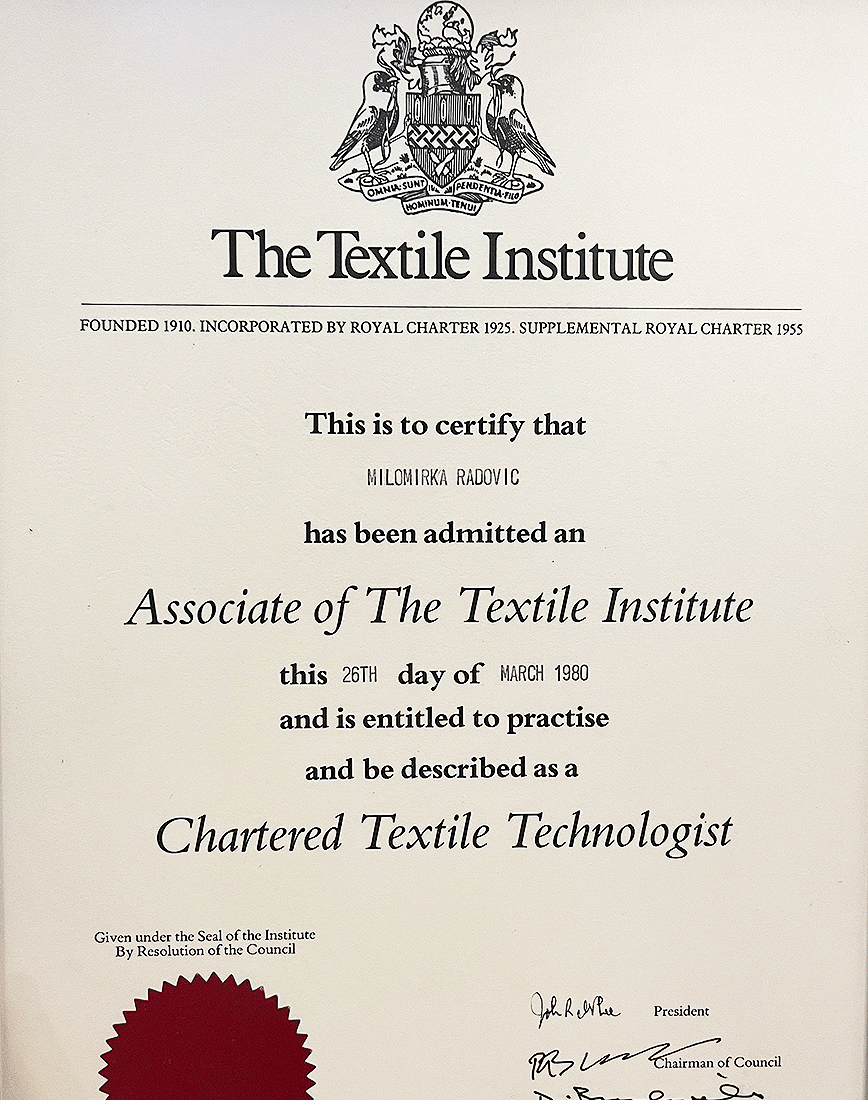
You were previously a manager at Morris Woollen Mills in Redbank. Can you tell us about this experience?
Yes, I started at Morris Woollen Mills just three months after arriving in Australia. I started off in the factory, but they soon realised I had lots of technical knowledge from studying, so I moved into the quality and control laboratory. Then, I became manager. My team was about 10 to 15 people.I was certified through the National Association of Testing Authorities, so I could sign off when fibres met the Australian standards. They would come to the factory every year to test us.
I remember, when the electric trains first started, we got contracted to make the fabric for their seats upholstery. It was a highly technical and demanding fabric that had to withstand the test of time. We did lots of tests on the fabric; colour fast to ensure it won’t fade, shrinkage, strength, and stain removal. It could take months at a time to make one fabric.
We did lots at Morris Woollen Mills; even exporting clean wool fibre to China and Japan. We didn’t do supplies for crafts, but we could do most things for industry. It’s an expensive operation to set up, so we were lucky and able to lots of varied work.
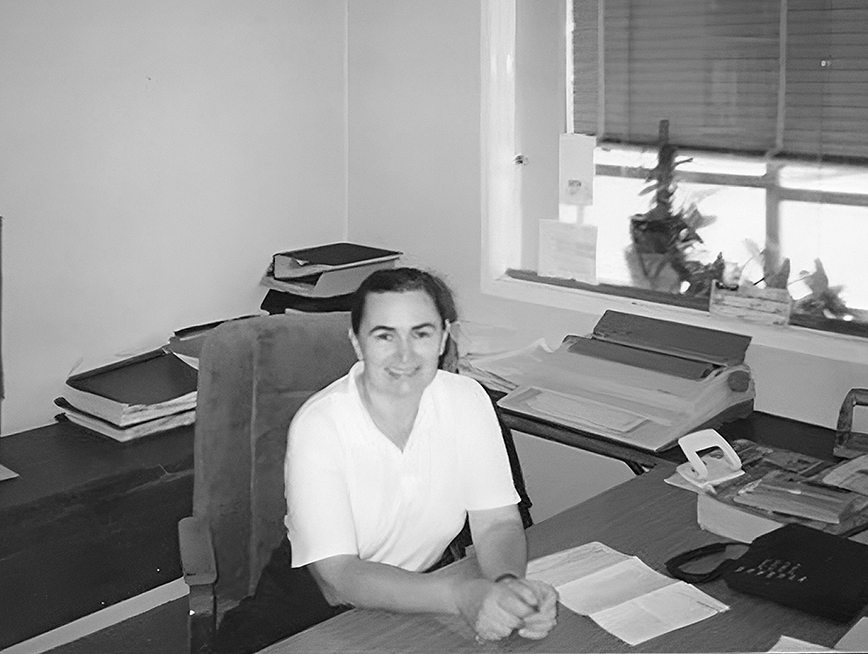
You moved to Brisbane in the early 70s with a child and to further pursue your textile career. What spurred on your decision to come to Australia?
My late husband and I had a dream to come. We had a friend in Australia, who happened to live in Perth. We just thought we’ll go for five years because we’d never left Serbia. We said, “we’ll see, and we can come back if it doesn’t work. If we don’t go, we’ll never know.”.
So, we applied and got the visa. When we got here, we stayed in an immigration centre in Wacol with our 2 year old son and started daily English lessons straight away. After three months, I was ready to get a job!
We had enough money for a deposit on a house nearby my job where we lived for 10 years. After this time, we had saved enough to buy land in Collingwood Park. So, we sold our home and started building a house. Again, it was in walking distance from my work.
In 1999, my husband sadly passed away and I was too far from the city. So, I sold that house and moved to Fortitude Valley, where I still live today. I quite enjoy it!
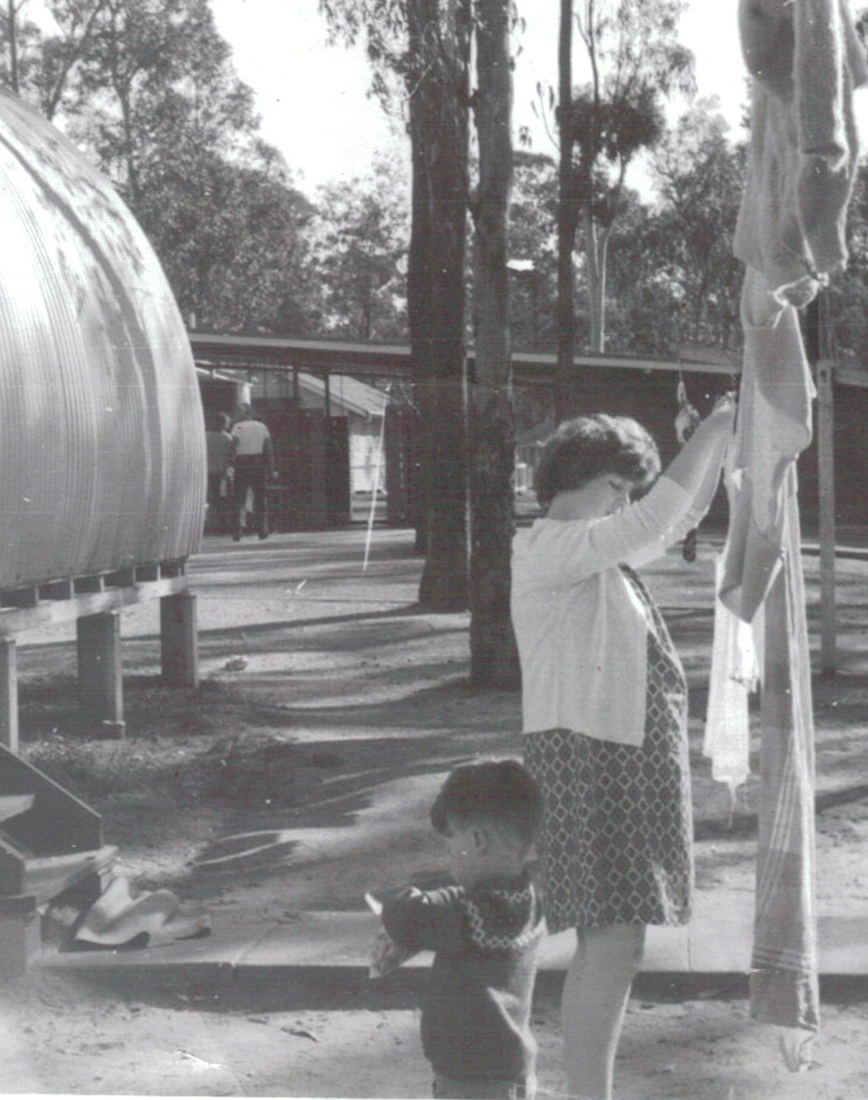
Can you tell us what inspired your work in Rearranged: Art of the Flower called Garland Harmony?
Since retiring in 2019, I have spent lots of time knitting and crocheting. I started with tea cosies, making them, and selling them at the Tea Centre in Brisbane Arcade. Over time, I started experimenting with making flowers and then corals.
A curator at the Museum was aware of my work and got in contact to see if I would be interested in being in the exhibition. She said she had a space 3 metres by 3 metres that I could display my work in. Together, we came up with the idea for a flower garland.
From this, I worked daily for a month coming up with all different combinations of flower garlands. They are real and unreal. If you look closely, some look like blue bells, carnations, trumpet flowers or even corals. Others are entirely imagined and just made for joy.
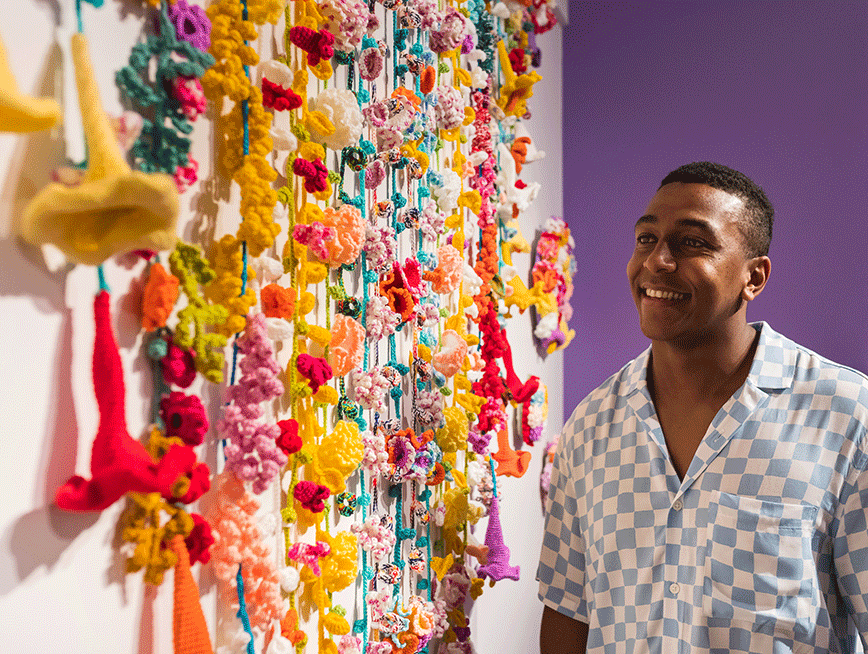
If someone wanted to start learning to crochet, what tips would you give them?
Just start! All you really need is some yarn, a hook and a pair of scissors. There are lots of books or YouTube videos if you want. Flowers are actually very simple; just two types of stitches. So, you could even start there! You can make lots of different types once you get the hang of the stitch.
Choosing good yarn with good colours is also important. It’s hard to find Australian fibres in the shops with bright colours. Most craft yarn is imported from India, China or even Turkey. You can get solid shades, printed shades, or variegated shades.
If you want to make flowers, I think the acrylic yarns are best. They don’t get attacked by microbes or insects, they’re very strong and they have a big colour range. If you’re starting out, 8 ply yarn is probably good. You can get balls of yarn at Spotlight for $6–$10.
I am also a member of the Queensland Spinners Weavers and Fibre Artists in the knitting club. I go every third Wednesday and knit with a group of people. We all bring our own projects and help each other. On the first Saturday of each month, we do show and tell. Everyone displays what they’ve made. It’s a great place to meet like-minded people.
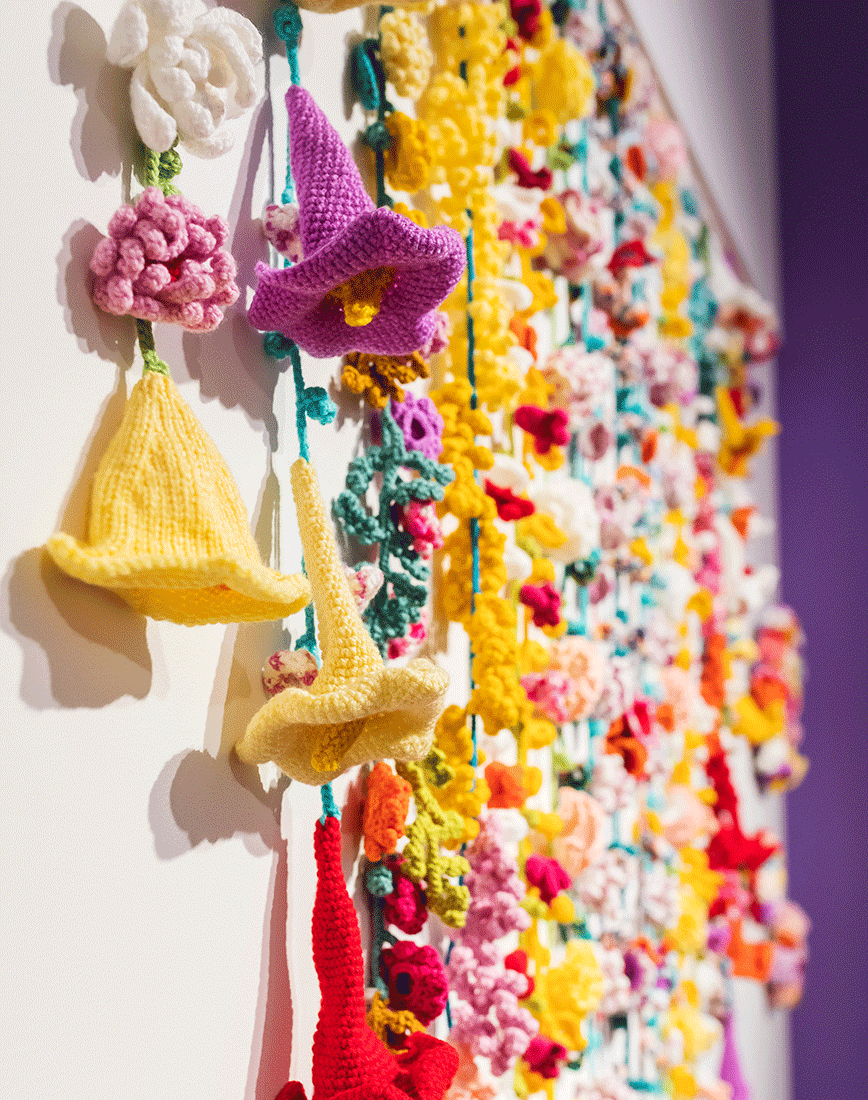
View Millie’s work as part of our exhibition Rearranged: Art of the Flower. Open daily, 10am–5pm. Free entry.

